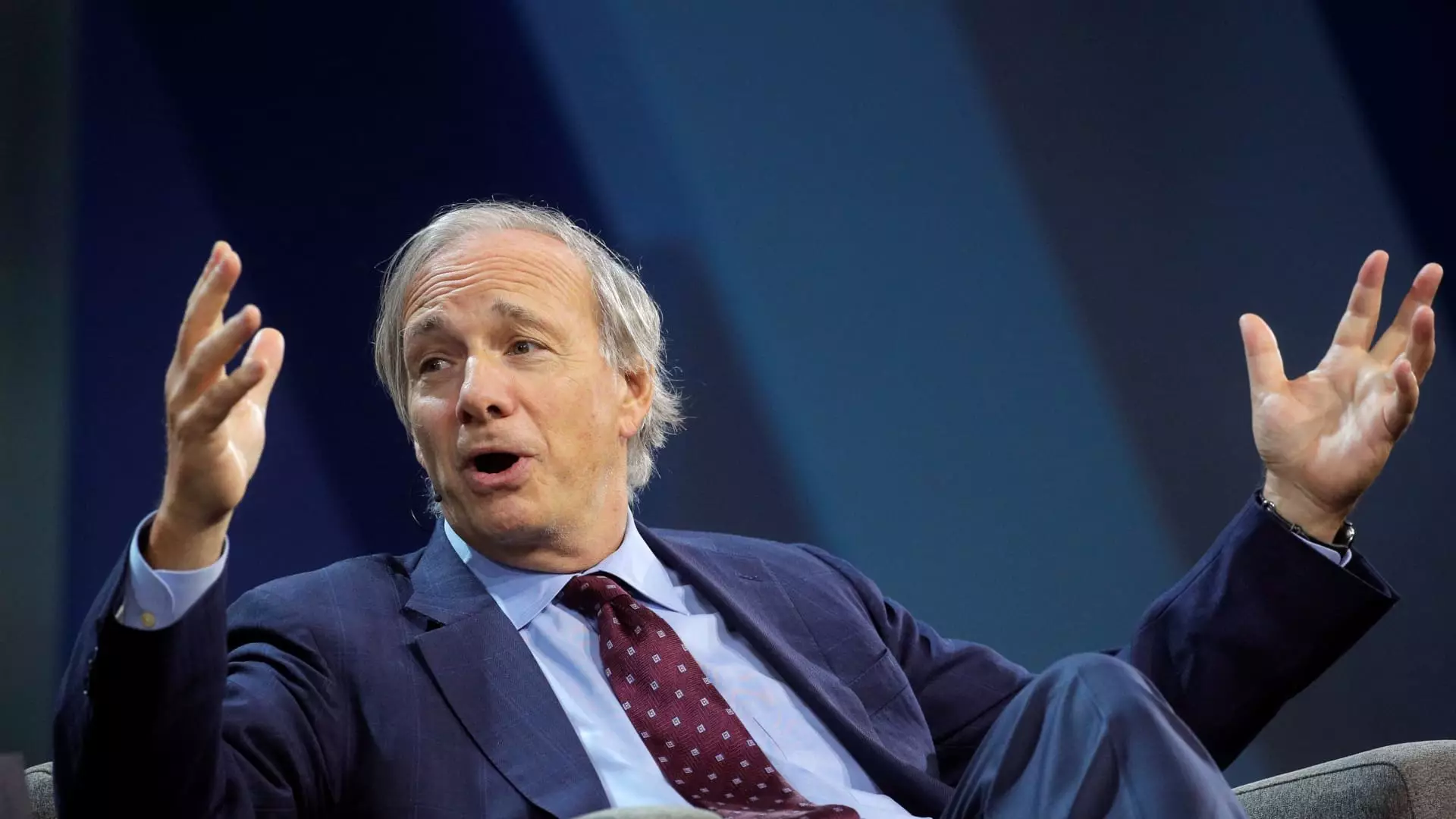As the U.S. grapples with unprecedented levels of debt, the Federal Reserve’s recent interest rate cut marks a critical juncture in the country’s economic trajectory. The 50-basis-point reduction, lowering the federal funds rate to a range of 4.75% to 5%, is the central bank’s first move in this direction since the challenges posed by the Covid-19 pandemic. While such cuts typically aim to stimulate economic activity by making borrowing cheaper, they also come at a time when billionaire investor and hedge fund manager Ray Dalio has raised alarms over the burgeoning debt landscape in the United States.
According to Dalio, the U.S. is facing an “enormous amount of debt,” a sentiment echoed by the recent report from the U.S. Treasury Department indicating that the government has incurred over $1 trillion in interest payments for its staggering $35.3 trillion national debt within this fiscal year. This mounting expense coincides with a growing budget deficit, nearly reaching $2 trillion, signaling a potential economic crisis. Such alarming figures emphasize the precarious position the U.S. finds itself in, a situation exacerbated by the readiness of both the current administration and previous government officials to increase borrowing rather than pursue sustainable fiscal policies.
Though the central bank endeavors to strike a “balancing act” between maintaining creditor confidence and managing debtor distress, the reality is that the interest rates themselves are merely a piece of a complex economic puzzle. Dalio pointed out the challenge faced by the Federal Reserve in this regard, reflecting on the tightrope walk between stimulating growth and controlling inflation while preventing a debt crisis from spiraling out of control.
The Role of Central Banks in Debt Monetization
The pandemic precipitated a worldwide surge in government borrowing, with an emphasis on stimulus measures designed to buffer economies from potential collapse. Dalio’s commentary stresses the significant role played by central banks in this phenomenon, noting that the scale of government debt has reached levels never before witnessed in his lifetime. This creates a dual challenge: a need to support economic activity while avoiding the toxic consequences of excessive debt monetization.
Dalio’s outlook reflects a cautious optimism—not immediately predicting a credit event. Instead, he foresees a gradual depreciation of the value of debt as a result of artificially low real interest rates. His analysis suggests that the increasing reliance on debt monetization will lead to a more profound issue whereby neither creditors nor debtors are adequately compensated for their stakes in the economic landscape.
Drawing parallels with Japan, Dalio warns that the U.S. could follow a similar trajectory, as seen in Japan’s prolonged period of low-interest rates and high national debt levels. The comparison raises critical questions about the long-term sustainability of economic policies that rely on maintaining low borrowing costs at the expense of currency and bond value. The drastic decline of the Japanese yen and corresponding bond prices is a cautionary tale that Dalio believes may soon be echoed in the U.S. financial system.
Dalio’s prediction for a possible shift in U.S. policy indicates an alarming trend: the Federal Reserve may need to intervene if market demand for government debt dwindles. Such an intervention, he argues, could potentially destabilize the already fragile economic order, further complicating the balance between inflation and deflation.
Another salient point made by Dalio focuses on the broader implications of debt oversupply and how it might translate into economic hardship for the average citizen. He states that a failure to remediate the issue of increasing national debt could lead to scenarios similar to historical economic downturns, drawing analogies to turbulent periods such as the 1970s and the mid-20th century. The convergence of economic forces could create an environment where all fiat currencies depreciate, mirroring past economic crises rather than promoting recovery.
In the end, the road ahead remains fraught with uncertainty as the Federal Reserve attempts to navigate these economic tumultuous waters. The actions taken by policymakers will heavily determine not just the future of U.S. economic stability, but also set a precedent for how nations across the globe address similar crises. With the intricacies of debt and monetary policy at play, the looming specter of economic volatility continues to haunt investors and policymakers alike.

